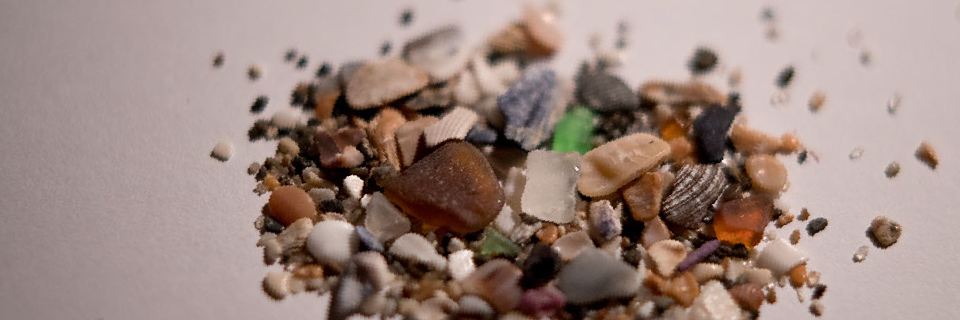


While on the Oregon Coast I took notice of the sand. Where did it all come from? What was this once a part of? I’ve been fascinated with what makes up sand. I always knew that the waves and currents played a part in the process that produces these millions of tiny particles. Wind, rain and freezing/thawing cycles also break down rocks and minerals. I didn’t know that the sand on the northern Oregon coast is texturally and mineralogically different from sand on the southern Oregon coast. Northern coastal beaches tend to have finer sand due to relatively slow uplift rates and pretty constant sediment wash from the Columbia River. The southern coastal region is far rockier, made up of sea cliffs and beaches, due to tectonic uplift millions of years ago so sand tends to be larger.
What can sand tell us? Understanding grain sizes on a beach can help us understand oceanographic processes that shaped a particular environment. Apart from the biology, sediment characteristics can provide information about source materials, depositional environment (how much energy there is in waves and currents), and other physical and chemical factors.
Because of our ability to use innovative gear we can pursue creative ideas to present things in a new way. Using a macro lens I found some unique things in a small pile of sand from Norton Gulch, Cape Arago. There were pieces of shells big enough you could still tell what they used to be: a fully intact shell, Sea Urchin spine, seaglass and gem stones.
Sand is ubiquitous and grains of sand exist in numbers almost impossible to grasp. According to a study from the University of Hawaii, there are (approximately) seven quintrillion five quadrillion grains of sand on all the beaches in the world (7,500,000,000,000,000,000).
Here are some photos of 100:

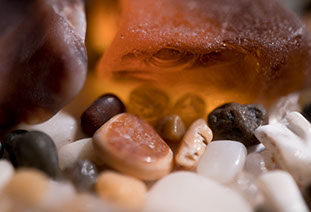
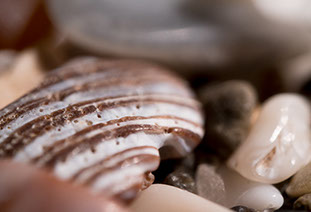
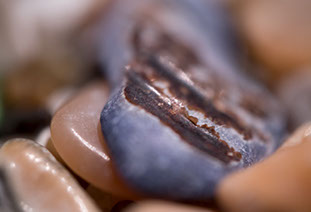
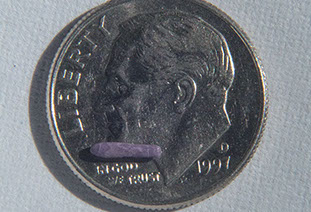
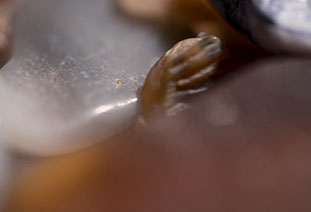

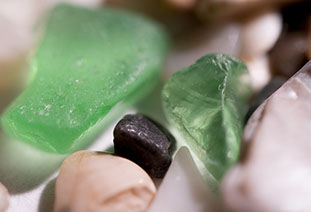

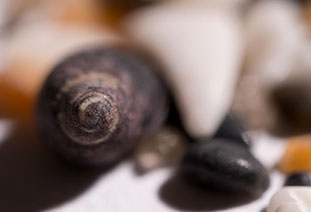

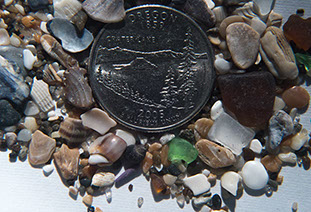
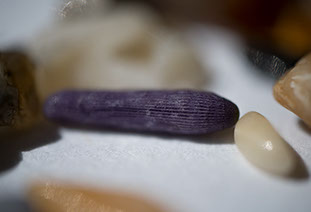












<
>